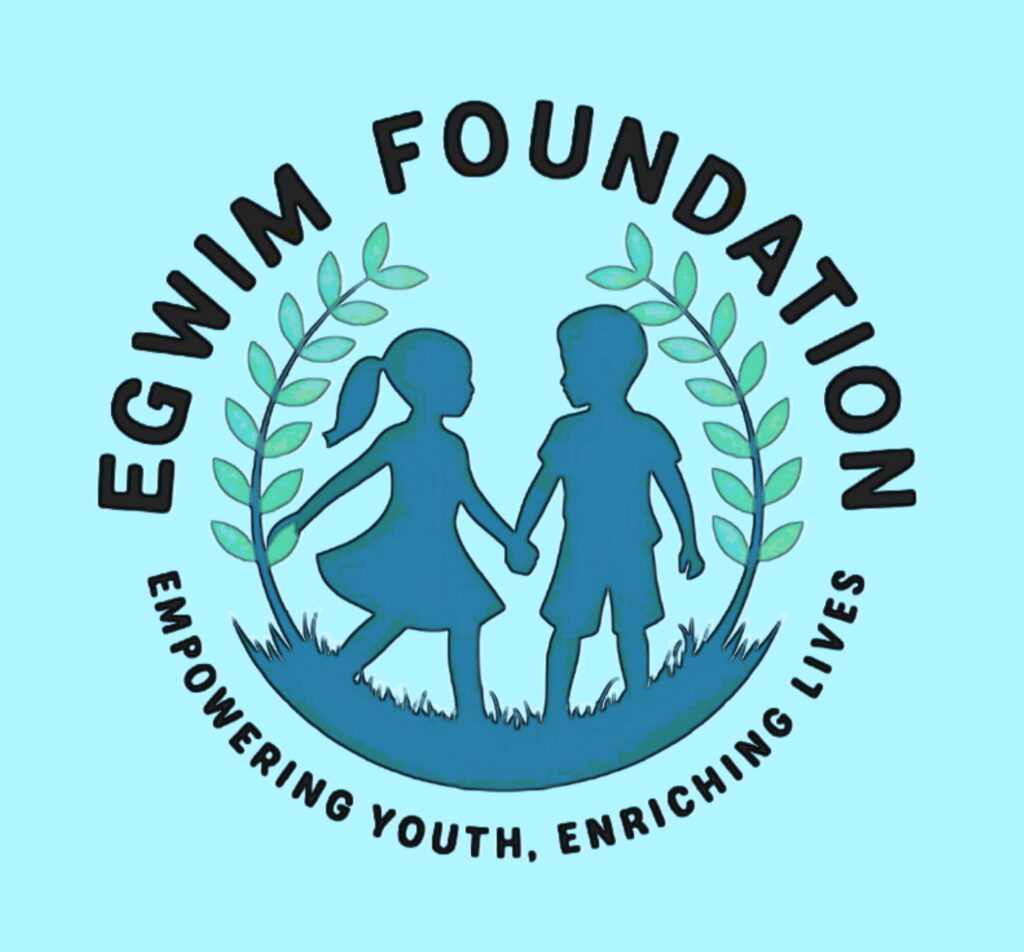
Educational Aids in Africa: Bridging the Gap for a Better Future
Introduction to Educational Aids in Africa
Education serves as the backbone of societal development, yet millions of children across Africa face significant barriers to accessing quality learning opportunities. Educational aids in Africa play a crucial role in narrowing these gaps, ensuring that children and communities can access the tools, resources, and support they need to thrive. This article delves into the various forms of educational aids, their impact, and the challenges they address.
The State of Education in Africa
Challenges in Access to Education
Despite progress in recent years, Africa remains home to the world’s highest rates of out-of-school children. Key challenges include:
- Inadequate Infrastructure: Many rural schools lack proper classrooms, furniture, and basic sanitation facilities.
- Teacher Shortages: Sub-Saharan Africa has the highest pupil-to-teacher ratios globally, severely impacting learning outcomes.
- Economic Barriers: Poverty prevents families from affording school supplies, uniforms, and sometimes even tuition fees.
- Geographical Disparities: Children in remote areas face long distances to the nearest schools, further discouraging attendance.
Impact of Educational Deficiencies
The lack of access to quality education exacerbates poverty, unemployment, and inequality. Without intervention, generations are left without the skills necessary to contribute meaningfully to their communities and economies.
Types of Educational Aids in Africa
1. Physical Educational Resources
Physical resources remain the cornerstone of effective learning environments. These include:
- Books and Learning Materials: Many schools rely on donations of textbooks, exercise books, and writing tools to facilitate learning.
- Digital Devices: Initiatives that provide laptops, tablets, and e-readers enable students to access modern educational content.
- Classroom Equipment: Desks, chairs, and blackboards significantly improve classroom dynamics and student engagement.
2. Digital and Technological Aids
With the rise of technology, digital aids are transforming education across Africa. Key examples include:
- E-Learning Platforms: Platforms like Eneza Education and Ubongo leverage mobile technology to provide lessons in local languages.
- Solar-Powered Devices: In areas without electricity, solar-powered tools ensure access to digital learning.
- Internet Connectivity: Partnerships with tech companies are helping schools access the internet, opening doors to global educational resources.
3. Financial Aid and Scholarships
Financial support is a lifeline for many students and their families. Examples include:
- Scholarship Programs: Organizations like the Mastercard Foundation provide scholarships to talented students from disadvantaged backgrounds.
- School Feeding Programs: These initiatives encourage attendance by ensuring children receive at least one nutritious meal daily.
4. Training and Support for Educators
Investing in teachers is essential for long-term improvements in education. Programs include:
- Teacher Training Workshops: Professional development opportunities equip educators with modern teaching methods.
- Mentorship Programs: Experienced teachers guide new recruits, ensuring consistent quality of instruction.
Impact of Educational Aids on African Communities
Improved Literacy and Numeracy Rates
Educational aids have significantly boosted literacy rates, enabling children to master essential skills. Countries implementing widespread aid initiatives have seen marked improvements in test scores and student retention rates.
Enhanced Community Development
Access to education empowers individuals to contribute to their communities, fostering innovation and economic growth. In areas where educational programs have been implemented, there is often a noticeable rise in local entrepreneurship and reduced crime rates.
Breaking the Poverty Cycle
By equipping children with knowledge and skills, educational aids enable them to secure better-paying jobs in the future. This ripple effect helps entire families and communities rise out of poverty.
Key Organizations Driving Change
1. UNICEF
UNICEF works tirelessly to provide educational resources, build schools, and train teachers across Africa. Their programs prioritize vulnerable groups, such as girls and children in conflict zones.
2. The Global Partnership for Education (GPE)
GPE collaborates with governments to improve education systems and ensure inclusive, equitable learning opportunities for all.
3. African NGOs and Community-Based Organizations
Local organizations such as the African Leadership Academy and Camfed (Campaign for Female Education) focus on empowering young leaders and supporting marginalized students.
Challenges in Implementing Educational Aids
Despite their importance, the distribution and implementation of educational aids face hurdles:
- Logistical Issues: Delivering materials to remote regions often involves navigating poor infrastructure.
- Political Instability: In conflict zones, schools are frequently targeted, making it dangerous to deliver and use educational resources.
- Sustainability Concerns: Ensuring long-term impact requires continuous funding and support, which can be challenging to maintain.
Solutions to Improve the Impact of Educational Aids
1. Strengthening Partnerships
Collaboration between governments, NGOs, and private organizations ensures a more comprehensive approach to addressing educational challenges.
2. Promoting Local Solutions
Encouraging communities to participate in developing and maintaining educational programs fosters a sense of ownership and sustainability.
3. Leveraging Technology
Expanding access to affordable digital tools and e-learning platforms helps bridge the education gap, even in the most remote areas.
Conclusion
Educational aids in Africa represent a beacon of hope for millions of children striving for a brighter future. By addressing the continent’s unique challenges, these tools empower communities, break the cycle of poverty, and pave the way for sustainable development. Continued investment and innovation are crucial to ensuring that every child in Africa has the opportunity to reach their full potential.
